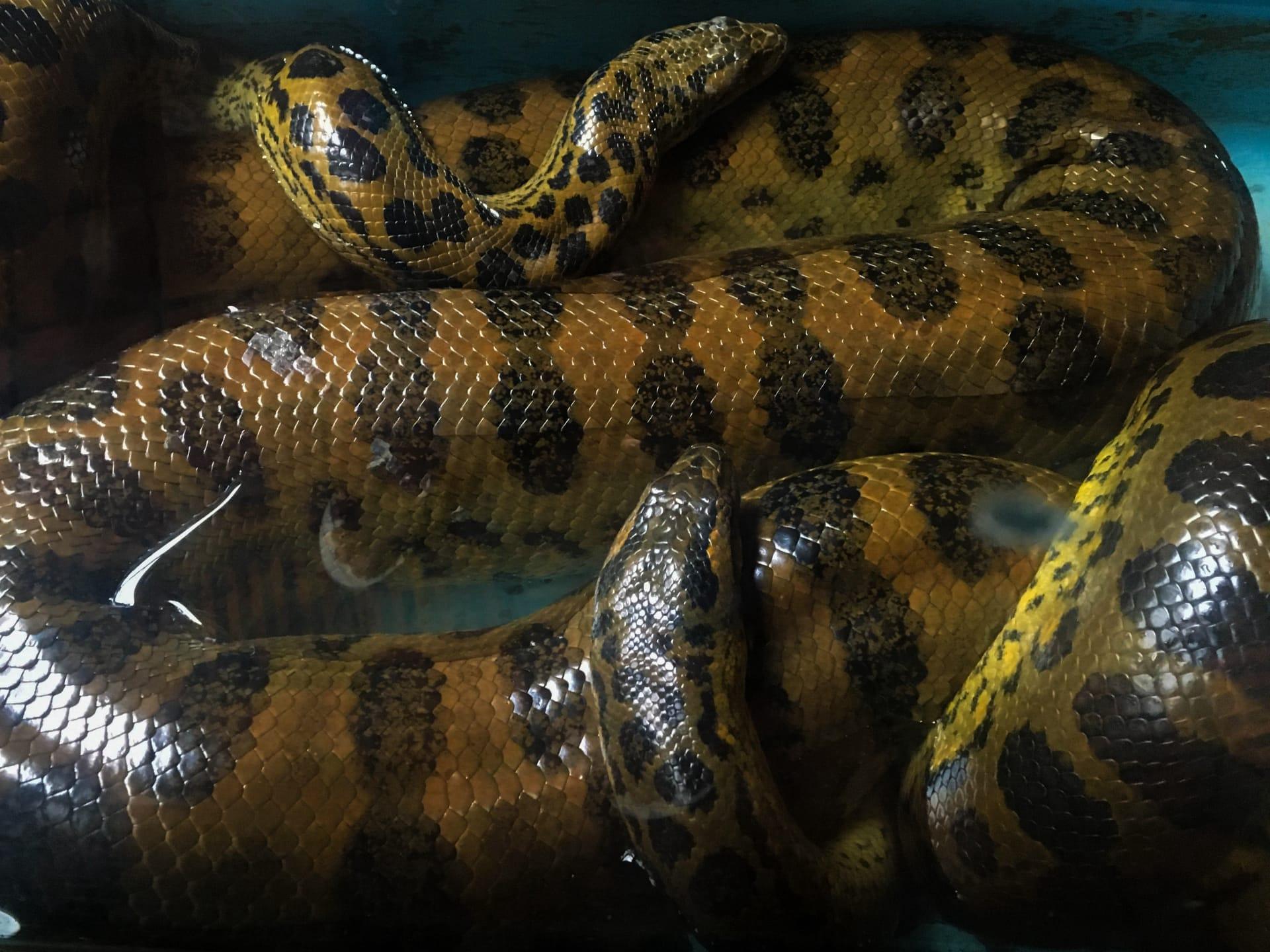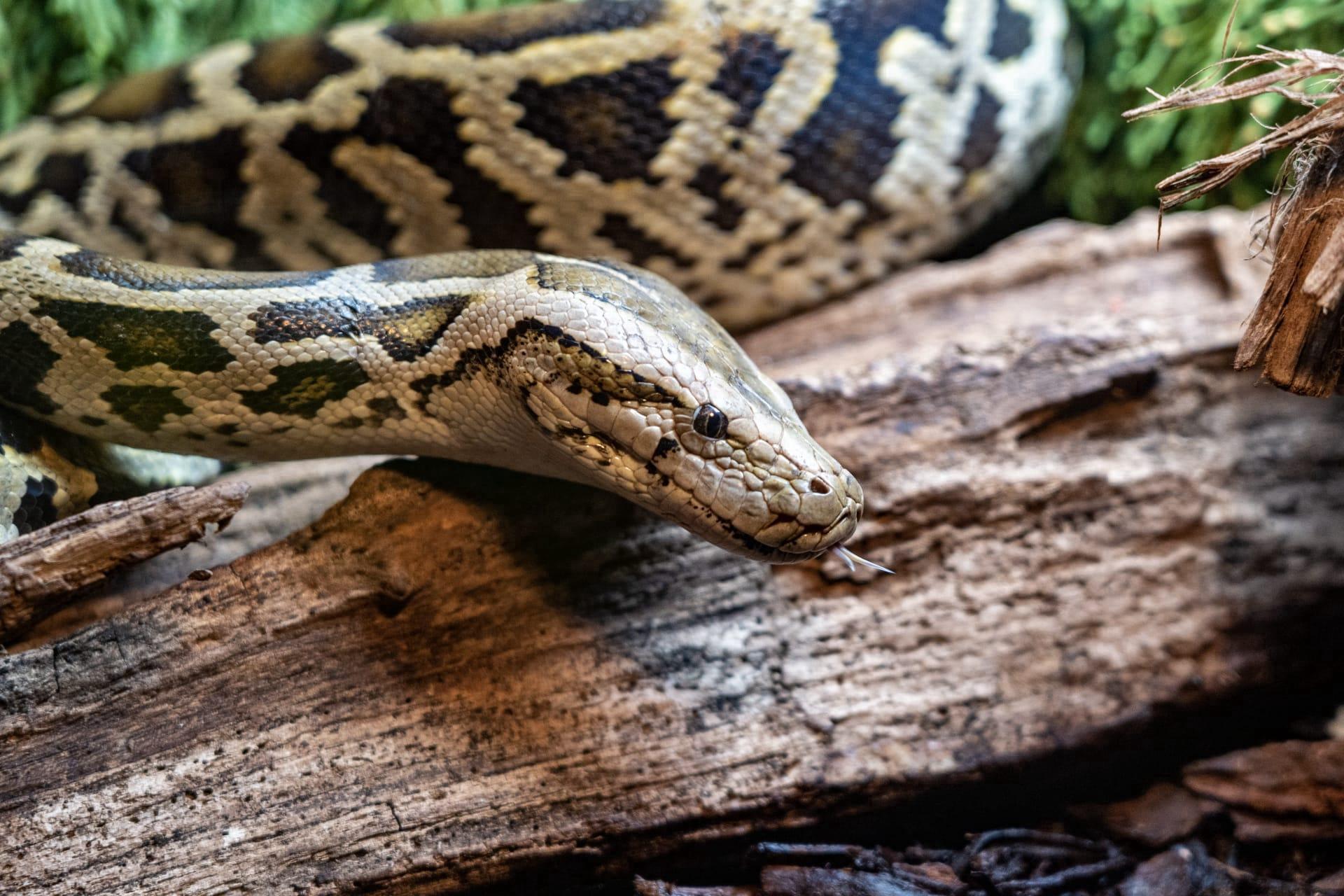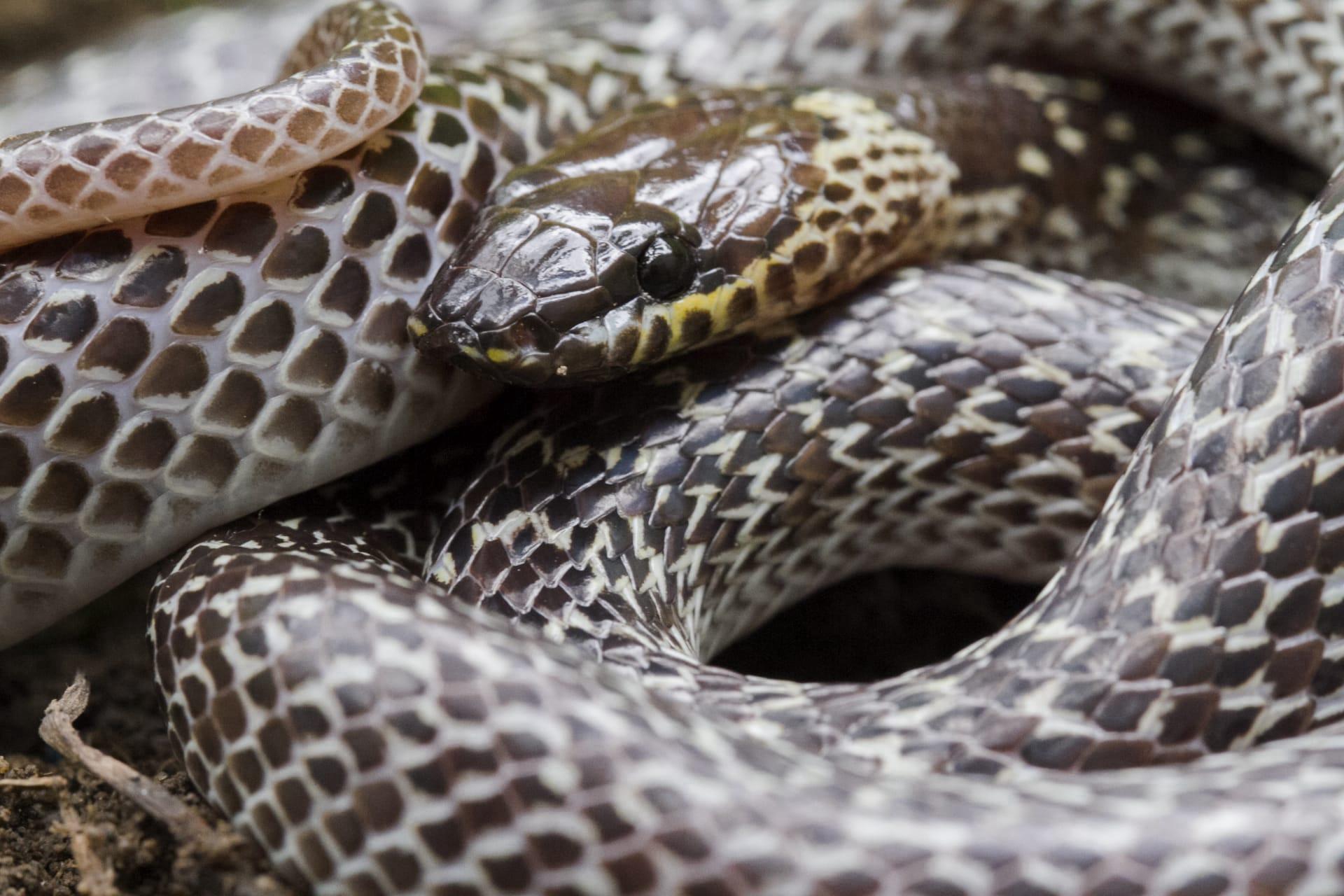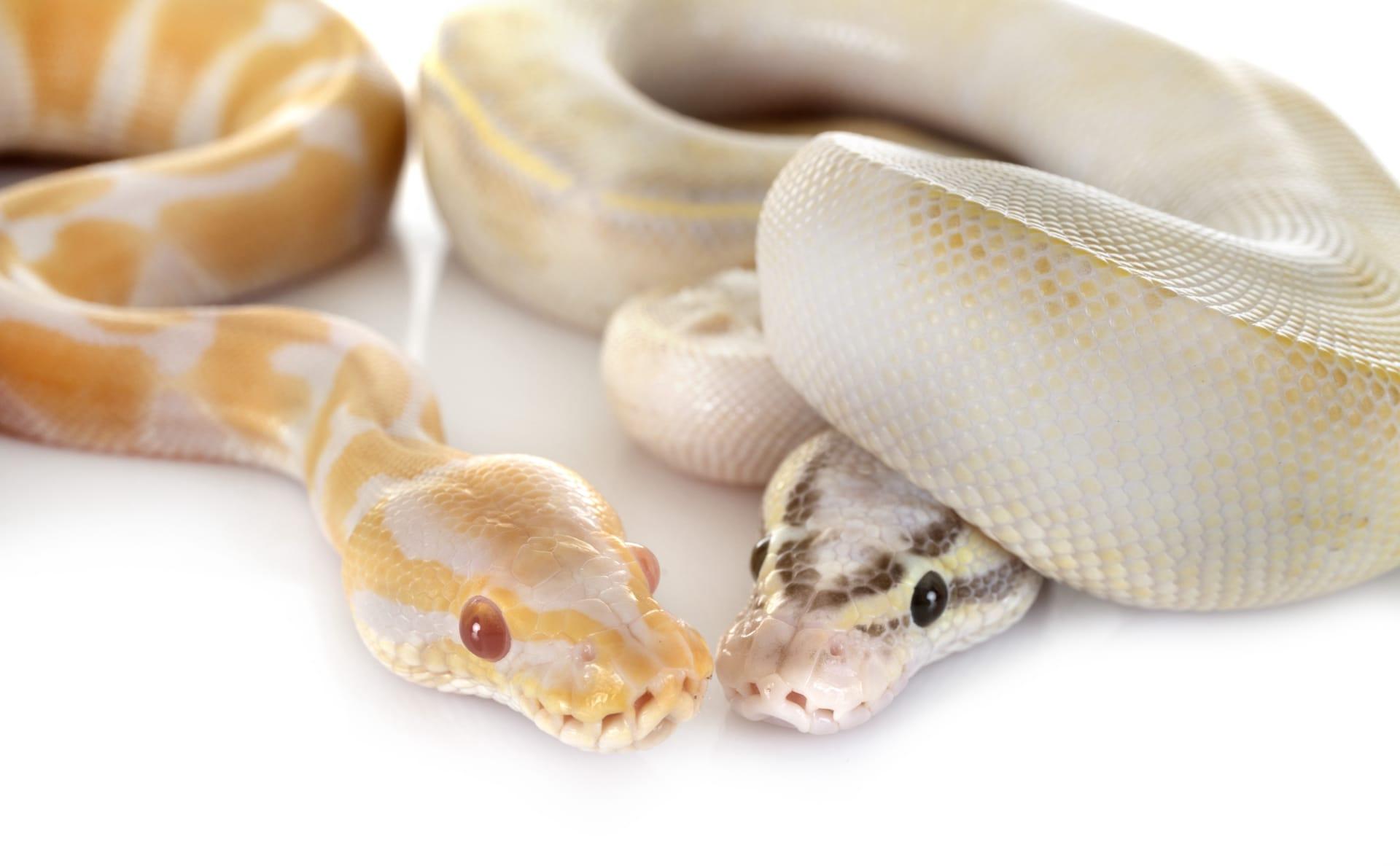Big Snakes Characteristics
- Home /
- Mini Encyclopedia /
- Animal /
- Big Snakes Characteristics
1
Big snakes, a term often associated with species like pythons and anacondas, are fascinating creatures due to their impressive physical characteristics. Typically, these snakes can grow to staggering lengths. For instance, the reticulated python, one of the world's largest snakes, can exceed 20 feet (over 6 meters) in length. Anacondas, especially the green anaconda, are not far behind, with some individuals reaching lengths of 17 feet (over 5 meters). Their lifespan is equally remarkable, with many living up to 20 to 30 years in the wild, and some species even reaching 40 years in captivity.
Among their most distinctive organs is the Jacobson's organ, located in the roof of the mouth. This specialized organ is a chemosensory feature that allows big snakes to detect airborne chemicals. When a snake flicks its tongue, it collects airborne particles and transfers them to the Jacobson's organ for analysis. This organ is crucial for hunting and navigation, as it helps snakes to detect prey, predators, and mates even in complete darkness, showcasing their extraordinary sensory abilities.

2
Question: How do big snakes like pythons and anacondas kill their prey?
Answer: Big snakes, such as pythons and anacondas, employ a method called constriction to subdue their prey. Contrary to popular belief, constriction doesn't typically suffocate the prey. Instead, it causes rapid circulatory arrest. When a big snake coils around its prey, it tightens its grip each time the prey exhales, preventing the prey's heart from pumping blood effectively. This method is incredibly efficient, allowing the snake to overpower animals much larger than itself. The process can take mere minutes, after which the snake will consume the prey whole, starting typically with the head first for easier swallowing.

3
Big snakes exhibit remarkable movement characteristics despite their size. They move using several methods, such as lateral undulation, where the body forms S-shaped curves that propel them forward. This is the most common movement and is used on land and in water. On rough surfaces, they may use a concertina motion, anchoring parts of their body while extending others forward. In trees, their strong muscles and specialized scales aid in climbing, showcasing their versatility in various terrains.
Their hunting and feeding strategies are equally impressive. Big snakes, like pythons and anacondas, are ambush predators, relying on stealth and patience. They can remain motionless for extended periods, waiting for unsuspecting prey to come within striking distance. Once prey is within reach, they strike swiftly, employing their constriction technique. Their diet includes a wide range of animals, from rodents to larger mammals like deer, depending on the snake's size. Their jaw structure, which allows them to swallow prey significantly larger than their head, is a key adaptation in their predatory arsenal.

4
The habitats of big snakes like pythons and anacondas are diverse, ranging from tropical rainforests to grasslands. They thrive in warm, humid environments and are often found near water bodies. For example, the green anaconda is primarily aquatic and resides in swamps, marshes, and slow-moving streams, mainly in the Amazon basin. The reticulated python, on the other hand, is found in a variety of habitats, including forests and grasslands, demonstrating their adaptability to different environments.
Reproduction in big snakes varies among species. Pythons, for instance, are oviparous, meaning they lay eggs. The female python exhibits an unusual behavior of wrapping herself around the eggs and shivering, generating heat to incubate them. In contrast, anacondas are ovoviviparous, giving birth to live young. Female anacondas can give birth to dozens, even up to a hundred, younglings at a time. This reproductive strategy is advantageous in their aquatic environment, as the young can swim and fend for themselves immediately after birth.

5
Book: "The Secret Life of Snakes" by Dr. James Wilson, published in the United States in 1998. This book offers a comprehensive look into the world of snakes, with a special focus on larger species like pythons and anacondas. Wilson, a renowned herpetologist, combines scientific facts with engaging narratives, making the book accessible to a wide audience. He delves into their behavior, physiology, and the ecological significance of these majestic reptiles.
Book: "Serpents in the Mist: Exploring the World's Largest Snakes" by Maria Gonzalez, released in Australia in 2005. Gonzalez, a wildlife biologist, provides an insightful exploration of the habitats and lifestyles of some of the world's largest snakes. The book includes detailed accounts of her field research in South America and Asia, offering readers a vivid picture of how these giants thrive in their natural environments. The highlight is her first-hand encounters with anacondas and pythons, bringing a thrilling perspective to her scientific observations.